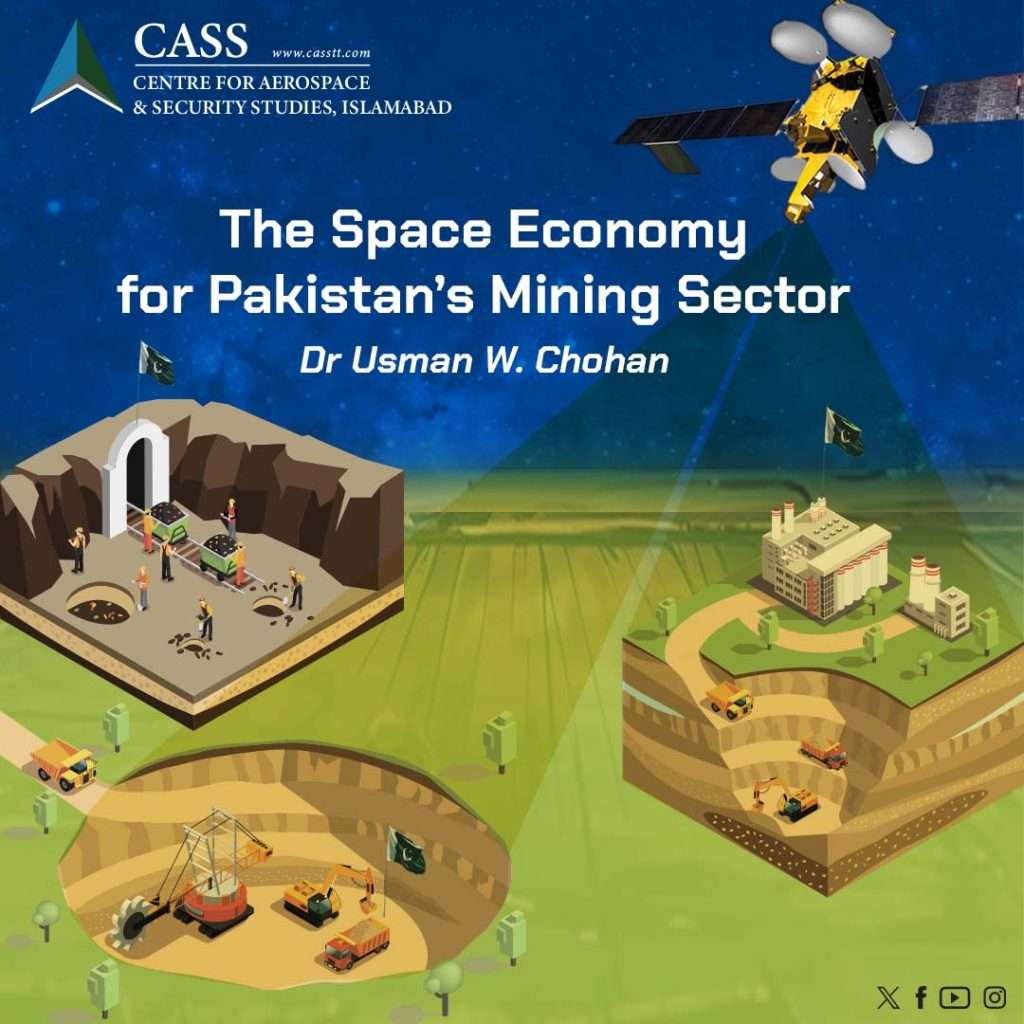Pakistan has calculated its previous period GDP growth to have nearly touched 6%, which is a remarkable feat given the litany of international headwinds that have included Covid-19 and the imbalanced post-Covid recovery, with its supply chain disruptions and excessive inflationary pressures. Although this should be cause for jubilation, given that it reflects a growth economy in tough global conditions, there is a nuanced picture on the basis of the growth, which reflects acute cause for concern.
Pakistan’s GDP, when broken down by economic activities, reflects an unsustainable reliance on consumption to drive growth, which is characterized by hefty borrowing to fund recurrent deficits. Consumption has always acted as a primary driver of economic growth, but it must be weighed against the need for savings, exports and investment. What has long been commented on by economists and observers in Pakistan is that the savings rate is far too low for a country that must fund development projects.
At the same time, consumption does not cater for the structural challenges that await the next generation of Pakistanis, and yet these challenges require investments now to bear fruit over a longer horizon. For example, investing in water infrastructure and water conservation is required now for future generations to mitigate water scarcity. Similarly, investment in renewable energy adoption (particularly solar) is required for power self-sufficiency across the country at accessible and affordable prices. Most of all, the investment that is required in education, training, and healthcare (particularly nutrition) is necessary to boost human capital.
For all the SUVs parading around the major cities, there is an ocean of surplus children with deficient nutritional, pedagogical, and societal endowments being born every year. For a population of 220 million, a 3% growth rate signifies adding more than 60 lakh children per year every year. A 6% GDP growth rate would translate into a per capita income rise in excess of this 3% population growth for accounting purposes, but in practical terms consumption does not equate to investment in the future of this rampant demographic excess.
As such, it is better to grow through investment at 3% than consumption at 6%, particularly when this consumption relies on imports. This does not necessarily mean discouraging the import of capital goods for productive purposes, especially if these imports generate exports in turn. For a country of Pakistan’s size, its imports are quite low – but the problem is that the exports are far too low, almost inexplicably so. Whereas remittances were 1/5 of the size that exports were 20 years ago, they are at parity today at $3 billion each. The question then is: why must this labor go abroad in order to attain productivity?
Driving exports and investment, therefore, remain crucial priorities in GDP growth for us, but in a cultural milieu that prizes expensive cars and 4-story bungalows over hard-nosed factories, vibrant libraries and active laboratories, this is no mean feat. But those who drive the latest 6-seaters should remember: one does not import one’s way to prosperity. One deploys one’s productive endowments tirelessly to build a dynamic and inclusive society, and that should be at the core of our socio-economic ethos.
Dr Usman W. Chohan is the Director for Economic Affairs and National Development at the Centre for Aerospace & Security Studies (CASS), Islamabad Pakistan. He can be reached at cass.thinkers@gmail.com.
Image Source:Ahmad, R. 2022, “Improved Industrial and Services Sector Helps Pak Economy to Jump 6%,” Tech Buraq, May 18, https://techburaq.com/2022/05/18/improved-industrial-and-service-sector-helps-pak-economy-to-jump-6.html





